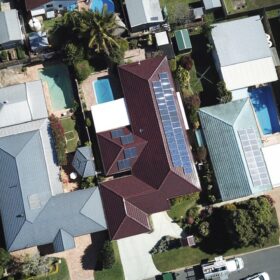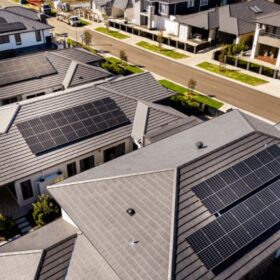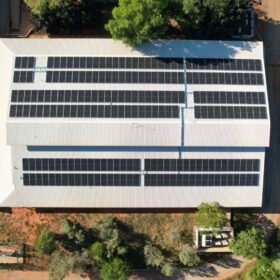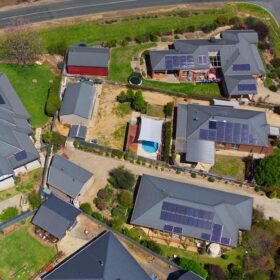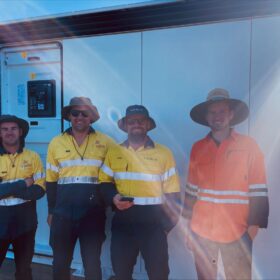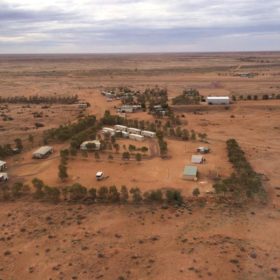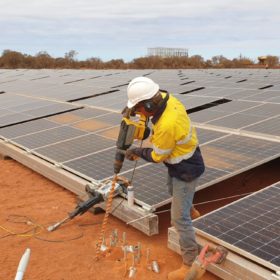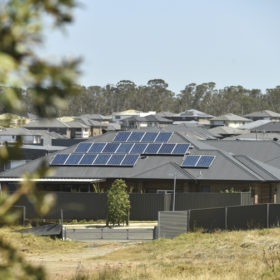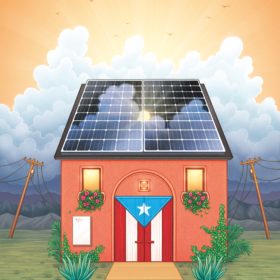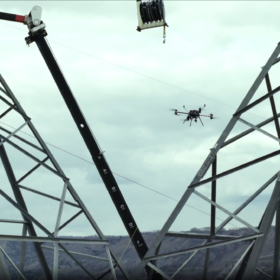Weekend read: Australia’s electric dreams
Australia is set to electrify everything. Vibrant communities willing to trial the transition are the first in line to learn what to do and how to bring everyone along, reports pv magazine Australia’s Natalie Filatoff.
Solar leads way with renewables on course to shatter deployment records
Large-scale and rooftop solar installations are expected to contribute a record 286 GW of new generation capacity this year with renewable energy on course to shatter global deployment records in 2023.
School system delivers solar boost for Kimberly township
The rollout of rooftop solar in the coastal town of Broome in northern Western Australia has received a major boost with a 274.45 kW PV system installed at the local high school as the state government continues its push to deliver solar energy solutions for its remote and regional schools.
Solar generation high sparks record lows across energy grid
Record solar generation from both large-scale and rooftop PV is driving down the wholesale cost of energy, helping set new records for minimum demand for electricity from the grid and reducing emissions to record lows according to new data provided by the Australian Energy Market Operator.
WA government utility acquires 50% stake in local solar business
Western Australia’s regional utility, Horizon Power, has bought a 50% stake in local solar company West Australian Alternative Energy.
Solar and storage provides energy solution for South Australian town
The remote town of William Creek in outback South Australia is now being powered entirely by solar backed by a battery energy storage system after the switch was flicked on a 200 kW PV array that eliminates the need for diesel generation.
Key contract awarded with Bathurst Island to boost renewables
Remote power system specialist Circular Solutions is poised to begin work on a new solar farm and battery energy storage system that will more than double the PV generation capacity at the small community of Wurrumiyanga on Bathurst Island off Australia’s northern coastline.
NSW to electrify entire communities in $8 million pilot program
The New South Wales government has announced an $8 million (USD 5.5 million) pilot program which will support the entire electrification of three communities across the state. It is anticipated the initiative will include the deployment of solar, batteries and local electric vehicle charging infrastructure.
Weekend read: Puerto Rican resilience
Before Puerto Rico had a chance to recover from Hurricane Maria, in 2017, it was rocked by earthquakes and then, in September 2022, the island was struck again – this time by Hurricane Fiona. These disasters severely impacted Puerto Rico’s infamously fragile power grid, but have emboldened local communities to take power into their own hands through solar and battery storage, and increasingly in the form of microgrids. Compelled by catastrophic circumstances, Puerto Rico must now push toward energy resilience and in the process may see itself become a model not just for other islands, but mainland grids as well.
BIPV shading estimation methods key for uptake, says IEA-PVPS
A recently published report from the International Energy Agency’s Photovoltaic Power Systems Programme on building integrated photovoltaics (BIPV) digitalisation found many industry professionals are unsure of a suitable method for estimating shading in BIPV projects.
